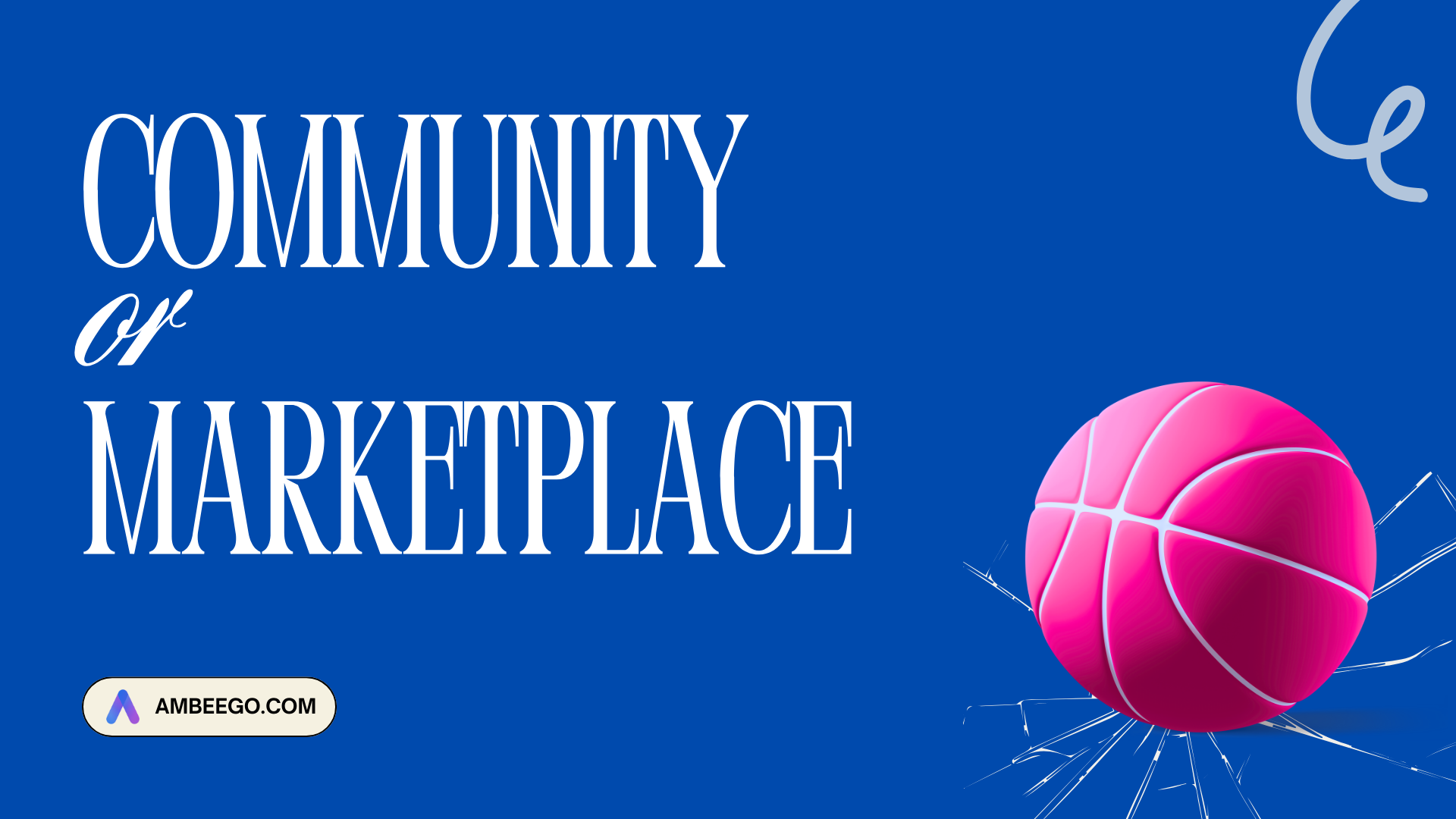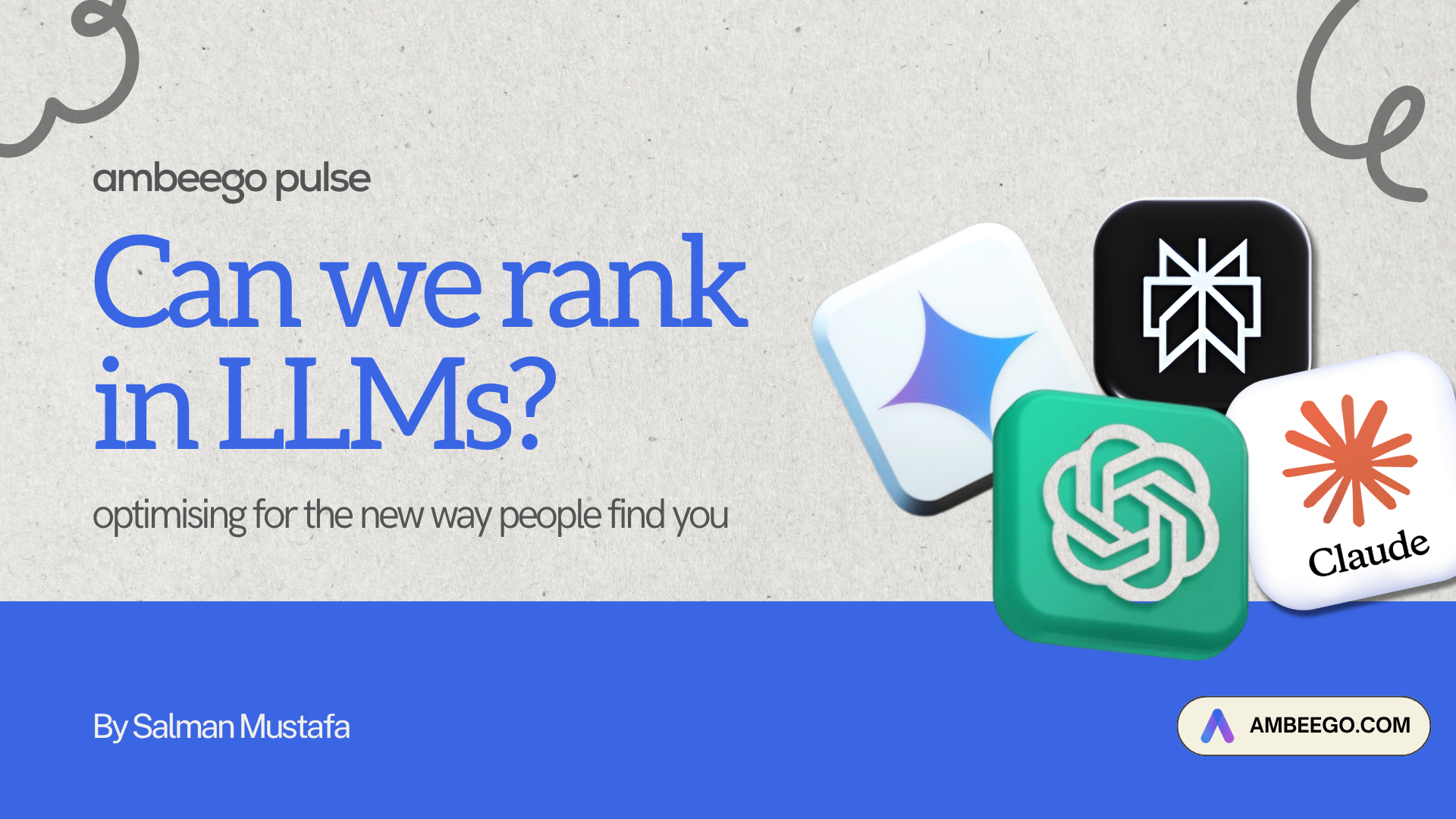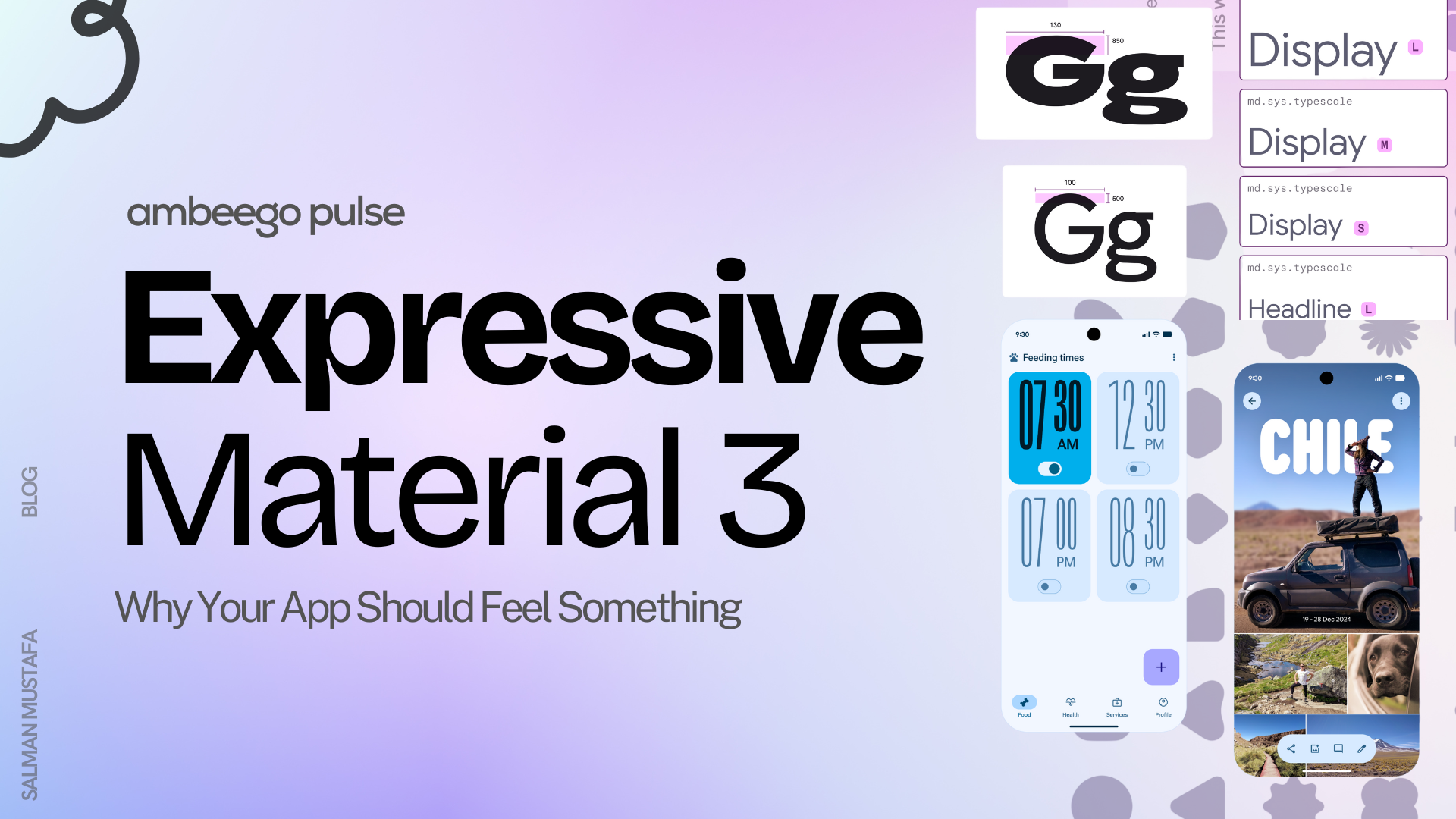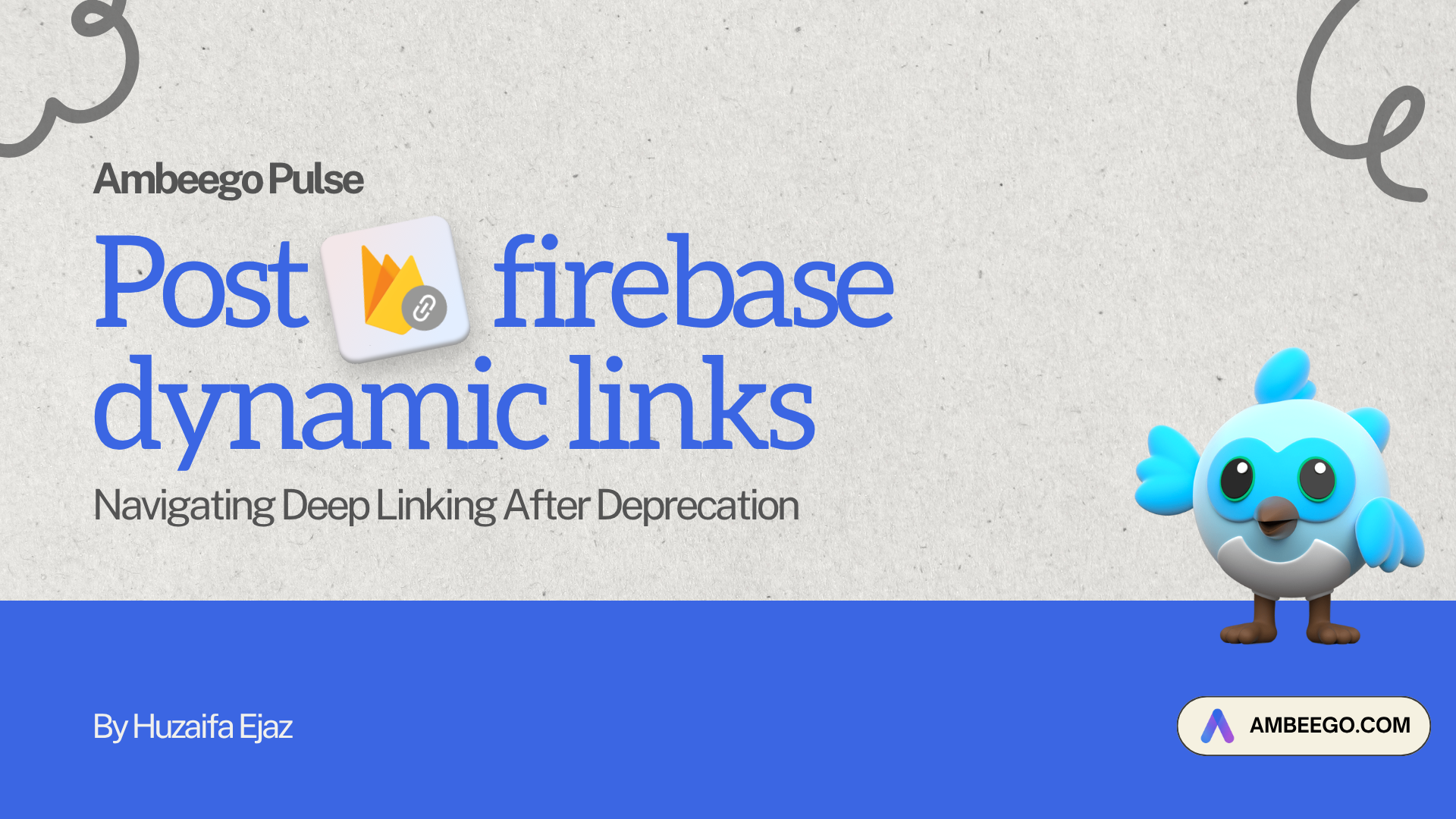It’s a tale as old as the internet itself. A platform emerges, captures the hearts of creators, builds a community, and then inevitably transforms into something its early adopters barely recognize. The recent shifts in popular design platforms offer a perfect case study of this phenomenon.
The Predictable Evolution
Design platforms tend to follow a four-phase lifecycle:
Phase 1: The Golden Era
An exclusive, invitation-only community forms where craft is celebrated. Feedback is meaningful, experimentation is valued, and visibility actually matters. This exclusivity creates quality control and a sense of belonging that designers crave.
Phase 2: Balanced Growth
The platform begins to expand, carefully. Access becomes easier but standards remain high. This represents the sweet spot—growth without sacrificing the platform’s soul. Companies start to notice the talent pool, creating natural opportunities for designers.
Phase 3: The Floodgates Open
Exclusivity ends completely. The platform becomes flooded with work of varying quality. The algorithm begins favoring certain styles, leading to a homogenization of design. Original experimentation gives way to trend-chasing and superficial engagement metrics.
Phase 4: The Marketplace Pivot
With community engagement declining but user numbers high, the platform fully embraces monetization. What began as “share your work” becomes “sell your work through us—or else.” Transaction fees, forced payment processing, and the commodification of creative relationships follow.
Breaking the Social Contract
The issue isn’t that platforms need revenue—every business does. The problem is the bait-and-switch. When a platform builds trust as a community for years, then suddenly transforms into a transaction gatekeeper, it breaks the original social contract with creators.
Legitimate marketplaces like Upwork or Fiverr are transparent from day one: “We’ll connect you with clients and take a cut.” By contrast, community-first platforms earn designers’ trust under one premise, then pivot to a different model once they’ve captured enough market share.
The Inevitable Exodus
Creative communities are fragile ecosystems. When the balance tips too far toward monetization at the expense of community values, designers simply move elsewhere. They’re not rejecting business models—they’re mourning the loss of spaces that once celebrated creativity over commerce.
For designers looking for authentic community experiences, smaller emerging platforms often recapture what the larger ones have lost. The cycle begins again—until venture capital demands its return on investment.
Moving Forward
As creators, our best defense is diversification. Don’t put all your work, network, and professional identity in one platform’s basket. Own your relationships, maintain your independent portfolio, and remember that while platforms come and go, the fundamental value of good design remains constant.
The next great design community is probably being built right now by people who recognize what’s been lost. Until then, we’ll continue to adapt, as designers always do.



